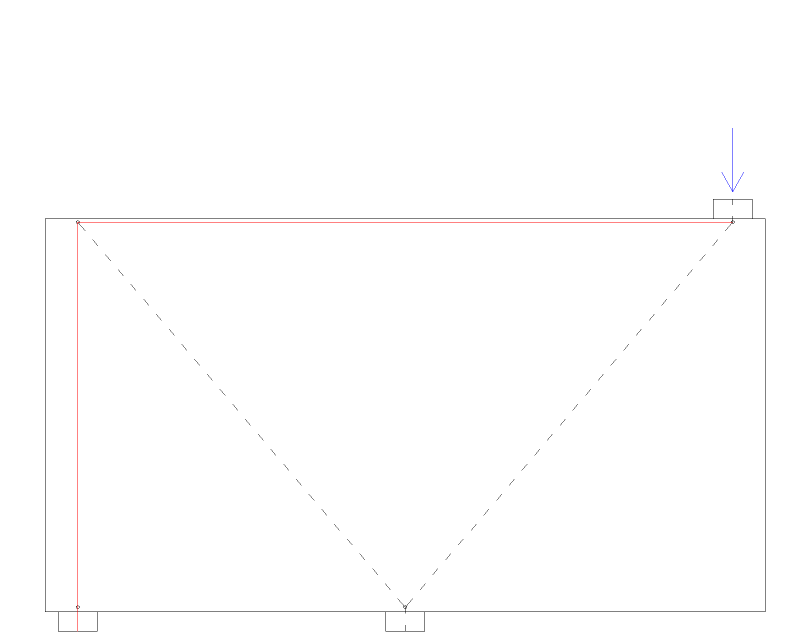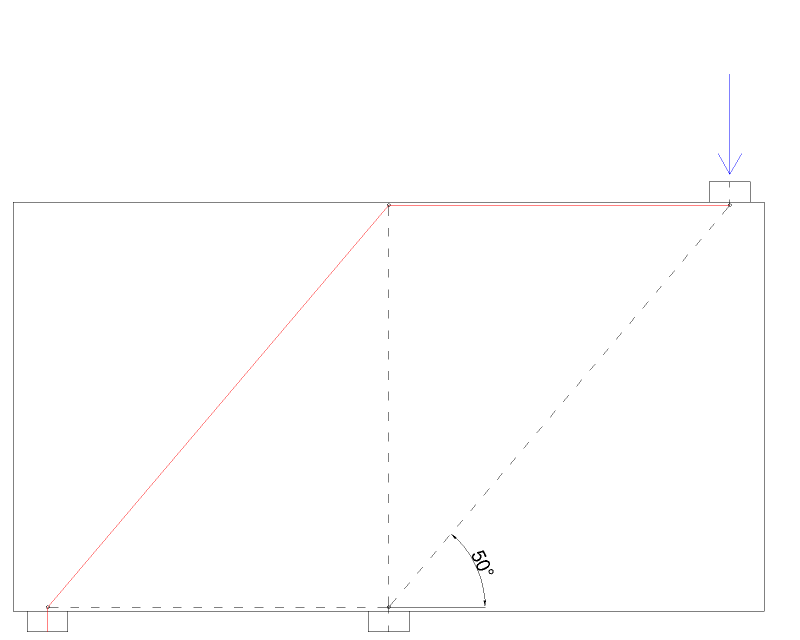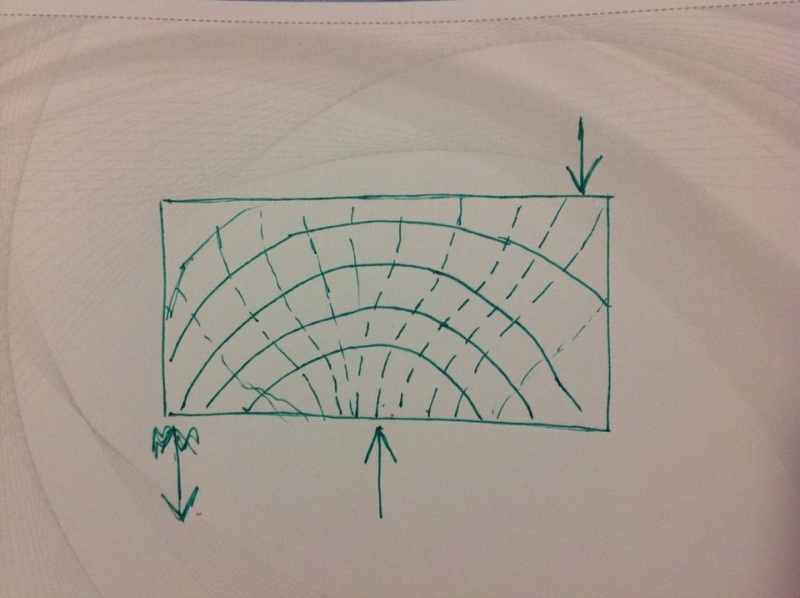Hello All,
I have recently started reading about the uses and benefits of the strut and tie model. I've perused through some of the older forums discussing this topic and have used some of the sources that professionals have cited.
I have started drawing up my own STM for a deep beam problem, (Simply supported beam with an overhang, and point load applied to overhang) and I am unsure about how to tell the effectiveness of an STM model.
I have come up with two different models, and would like to know how to objectively call one better than the other. One method I have used is running a Non linear FEA on the two models and obtaining force-displacement graphs for both, indicating their capacities. I then related the capacities to the amount of steel used to see the efficiency of either design. Are there any other ways to tell the superior nature of one STM over another other than experience.
Cheers
I have recently started reading about the uses and benefits of the strut and tie model. I've perused through some of the older forums discussing this topic and have used some of the sources that professionals have cited.
I have started drawing up my own STM for a deep beam problem, (Simply supported beam with an overhang, and point load applied to overhang) and I am unsure about how to tell the effectiveness of an STM model.
I have come up with two different models, and would like to know how to objectively call one better than the other. One method I have used is running a Non linear FEA on the two models and obtaining force-displacement graphs for both, indicating their capacities. I then related the capacities to the amount of steel used to see the efficiency of either design. Are there any other ways to tell the superior nature of one STM over another other than experience.
Cheers



